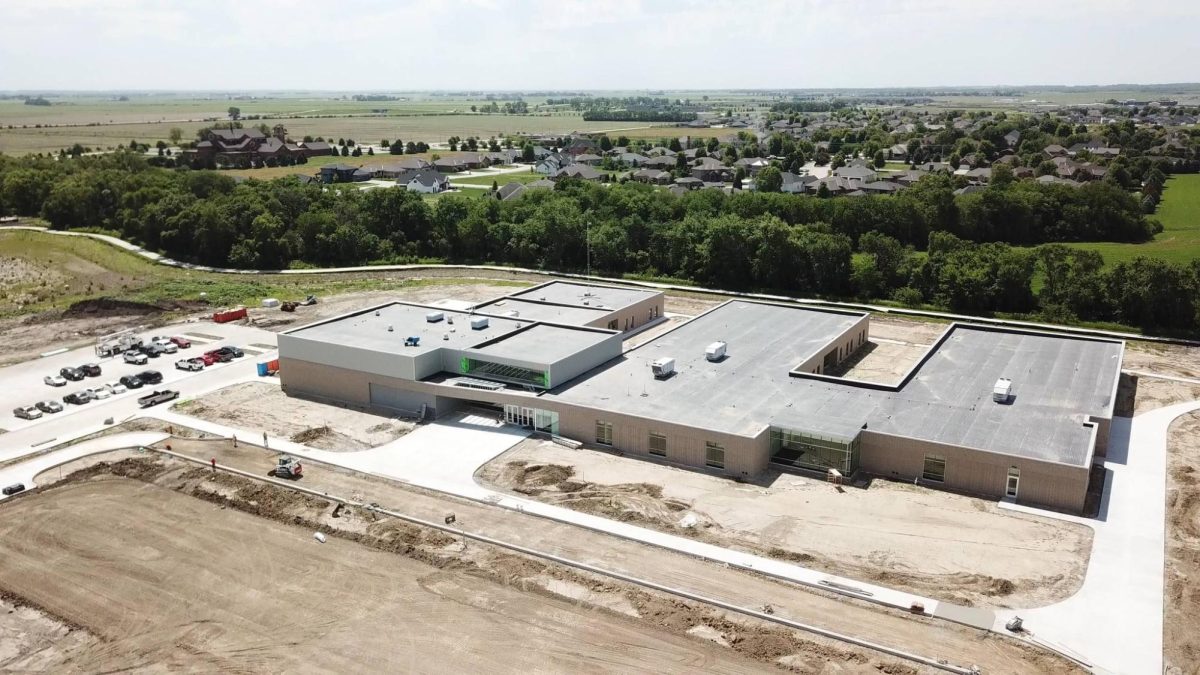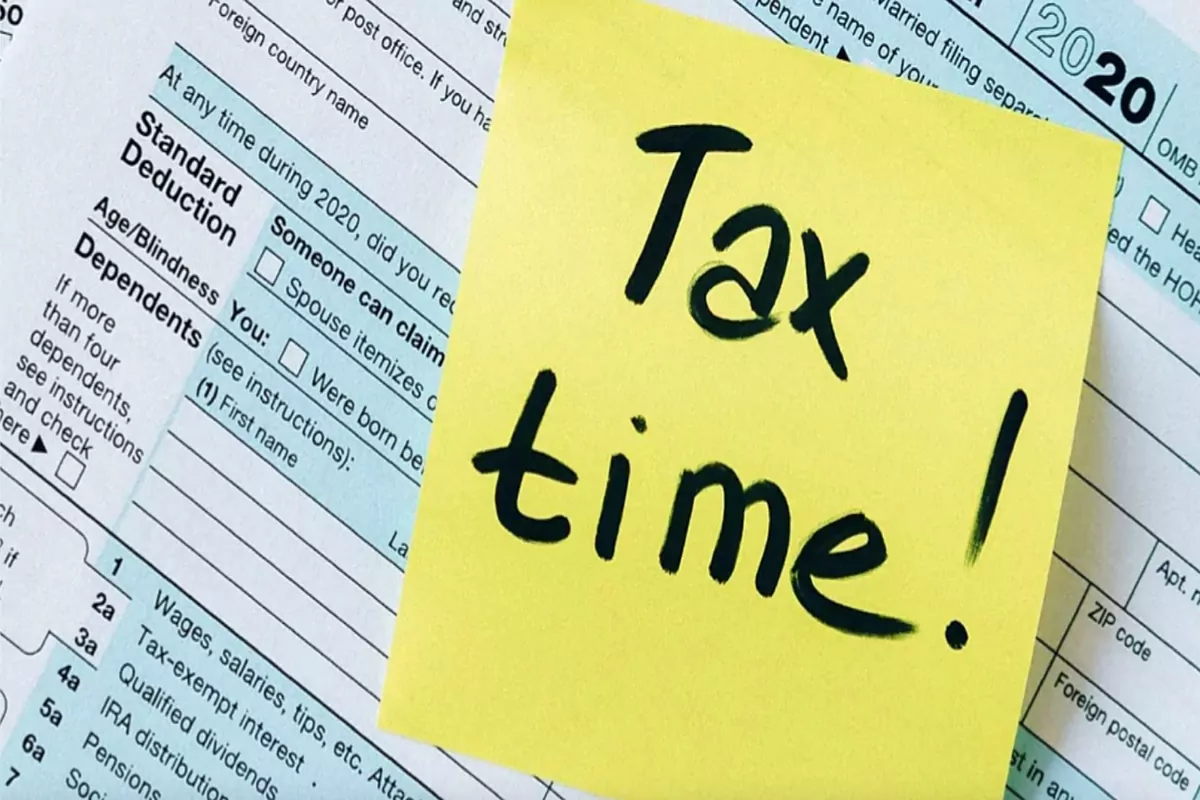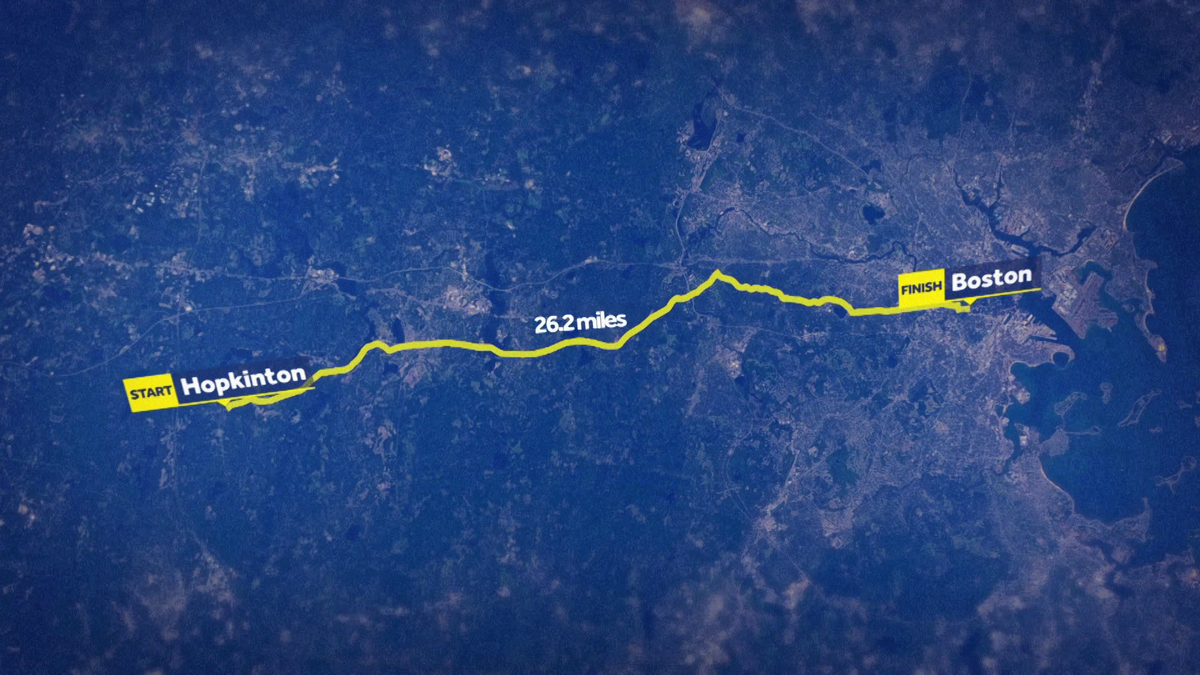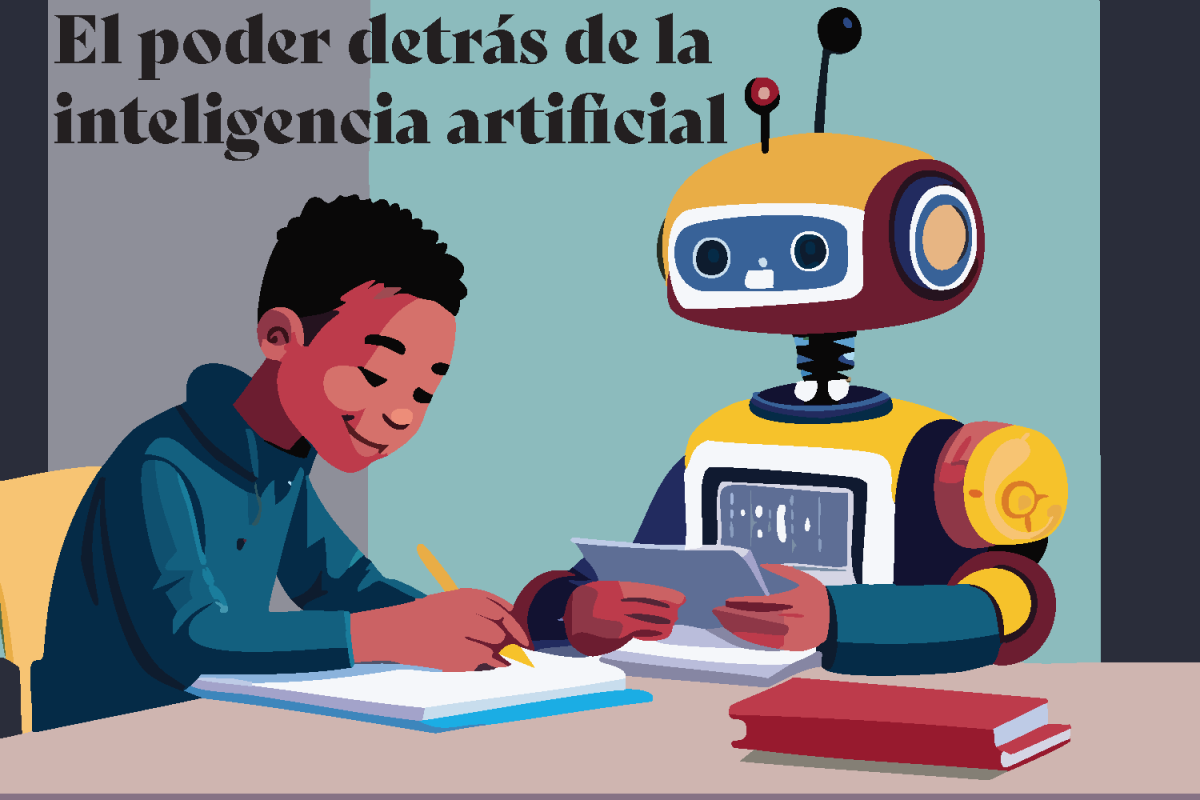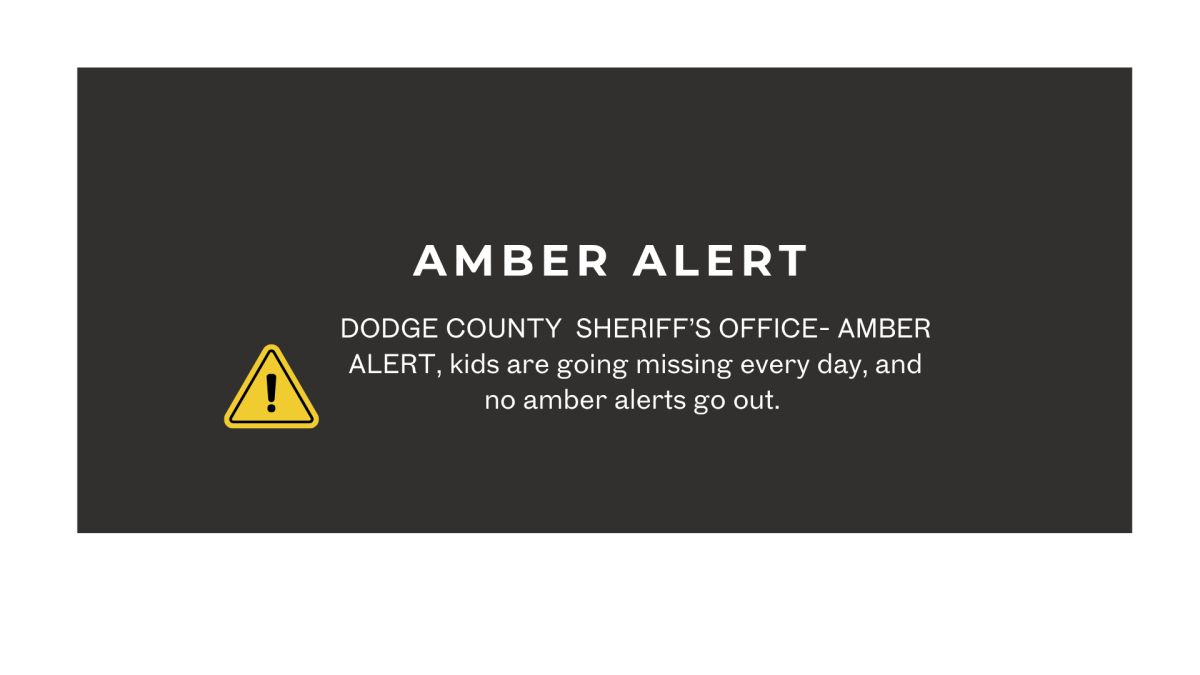Don’t you just hate sitting in class listening to the teacher lecture for over an hour? Personally I know it is my worst nightmare. As I look back on my high school career so far, there have been many times when classes should have been more engaging.
Yes, of course there are teachers who are actively connecting with students. But sadly, many teachers are not engaging with their students.
In the teachers’ defense, student attention spans are not what they used to be. According to Adam Hayes, the head of content writer at Wyzowl, “our attention span has markedly decreased in just 15 years. In 2000, it was 12 seconds. Now, 15 years later, it’s shrunk significantly to 8.25 seconds.”
The education system is outdated and teachers need to adapt to modern times and be more engaging to set future generations up for success.
When teachers decide to have an entire hour-and-half lecture or note taking, students do not learn a single thing. Students need interactive classes and activities to stay engaged. If teachers spend the entire time lecturing and not switching up what we are doing, students are going to space out. Our minds are not set for that style of teaching anymore and many teachers refuse to understand that.
Some teachers, like Jake Smrcina, practice good engagement strategies. When I retook a science class, I realized how compassionate and student-focused Mr. Smrcina was. He forms important bonds with every student and takes the time to get to know them. Students actually want to attend his class because it doesn’t feel like a waste of time.
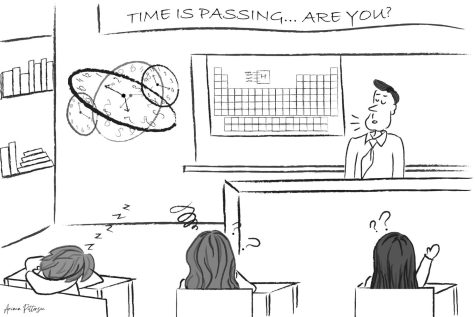
When there is a bond, teachers and students want to work hard for each other. Being able to have this with a teacher not only makes it easier on us students but for the teacher as well. It motivates us into wanting to be more involved in our school work and activities, especially if they are with that teacher.
“I think about ways I can let it be student-centered and not teacher-centered,” Smrcina said. “How can I let the students be the center of the lesson and drive a lot of that discovery in that learning? Instead of me just telling them how it is, I’d like to give them the tools to figure it out.”
For some teachers, mastering the skills of high engagement can take a long time, especially when technology tends to create less engaging environments. This forces some teachers to be more creative and to think outside the box. Sometimes teachers just need to make adjustments to their lesson plans to make them more engaging.
“I think good teachers always learn how to adapt,” Smrcina said. “More than anything, we need to update our lessons. There might be lessons that worked 20 years ago, and they don’t work anymore. What we need to do is kind of evolve and change with the times – focus on students being at the center of learning and driving that discovery and inquiry of new information.”
Some teachers like to use the excuse that long lectures are preparing us for the real world and college. But is suffering through long lectures actually helping us? Can teachers rewire our brains and force us to have longer attention spans?
Short answer: no.
Long answer: still no.
There really is no fixing this issue. We were raised on technology, and we cannot go back and change that or wish to have it differently. Like it or not, our brains are wired differently. Teachers should learn to accept this sooner rather than later. The sooner they accept this we can change the curriculum to make it adaptable to our shorter attention spans. 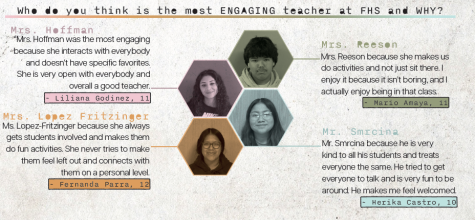
In his article “Strengthening Student Engagement,” Dr. Richard D. Jones explains that, “Some teachers fall into the false assumption that the student is responsible when he or she fails to demonstrate adequate achievement. But often it is the lack of personalizing learning that is the source of failure. There are many individual practices and strategies that contribute to overall personalization. As a start, teachers can create a more engaging classroom situation by getting to know their students and using examples during instruction.”
When teachers make their lesson plans more efficient for the students, we are more open to listening and doing our work. When teachers are understanding, genuinely care for us and design their lesson plans for our needs, we notice. We know how to work the system and pass, but are we actually learning anything? Some of us actually want to learn. Making these connections and adaptations could completely transform a student’s desire to learn. A small change could have a massive impact.

